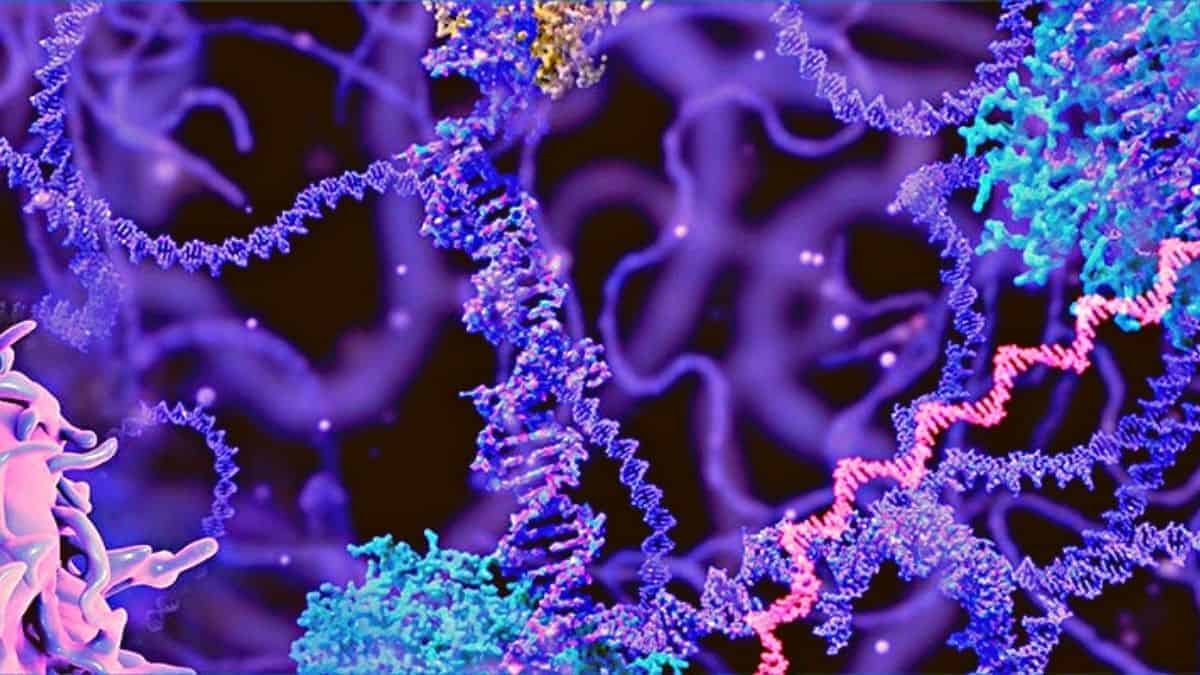Science News – Researchers discovered a key similarity in pant and human protein domain leading to cancer treatment

Researchers from the Oak Ridge National Laboratory (ORNL) discovered the function of a specific domain of proteins found in plant-microbe biology and also found in humans responsible for triggering cancer. The recent findings have been published in a reputed journal named Nature Communications Biology is thought to open up a new avenue for the development of selective drug therapy to treat a variety of cancers such as breast and stomach cancers.
According to the computational study done by a team of researchers at the ORNL, the plasminogen-apple-nematode or PAN domain, with a core of four to six cysteine residues, is linked to the cell proliferation driving tumor growth in humans. This same PAN domain is also responsible for triggering defense signaling during plan-microbe interactions in bioenergy crops that are plant materials used for producing bioenergy. Researchers discovered the association of the PAN domain while studying genome sequencing of crops such as poplar and willow.
In the study, researchers pinpointed four core amino acids named cysteine residues in the Hepatocyte Growth Factor or HGF protein which is found in the PAN domain structure and studied their behavior in human cancer cell lines. They found out that mutation of any of those amino acids turned off the signaling pathway of HGF-c-MET. It is known by the researchers that a combination of c-MET and HGF (HGF-c-MET) activates downstream signaling pathways to trigger cell migration and proliferation. HGF-c-MET is found to be abnormally heightened in cancer cells, causing them to multiply.
Scientists also tested this on other cysteine residues in protein but they found no impact. However, a mutation of the PAN-domain’s key four cysteine residue didn’t affect the structure of the protein but inhibited the cancer signaling pathways.
The ORNL Geneticist Wellington Muchero said that disrupting the right signal is now the biggest challenge in cancer therapy. He said, “It`s very difficult to engineer molecules to interfere with an entire protein. Knowing the specific amino acids to target within that protein is a big advancement. You don`t have to search the entire protein; just look for these four specific residues.”
The identification of those key residues was done in a specialized lab of ORNL, having expertise in plant biology, biochemistry, genetics, computational biology, supercomputing resources, and the CRISPR/CAS-9 gene-editing tool.
Researchers further said that the discovery could help in developing cancer-specific targeted drugs. In plants, the PAN domain is known to develop in association with pathogens for improving resistance which can be broken down to generate sustainable fuel. The researchers are also looking for beneficial interactions between plants and microbes. Researchers also state that the study reflects on the similarities in DNA structure between humans and plants to which Mr. Muchero added, “We can do things with plants that you cannot do with humans or animals in the research process.”


